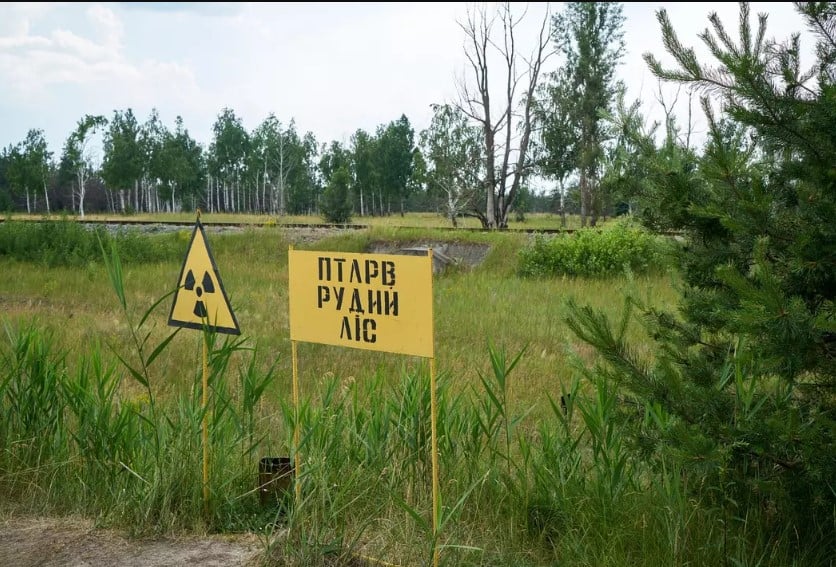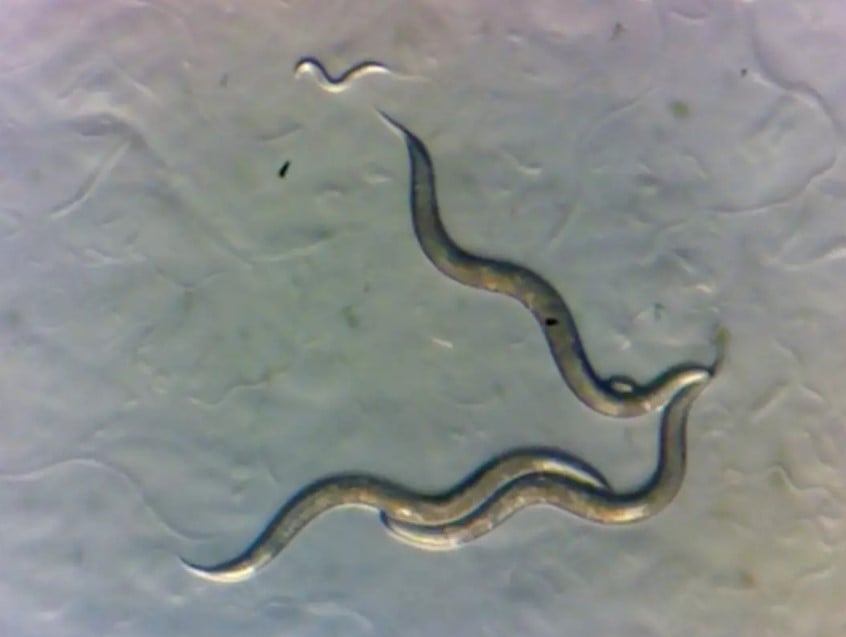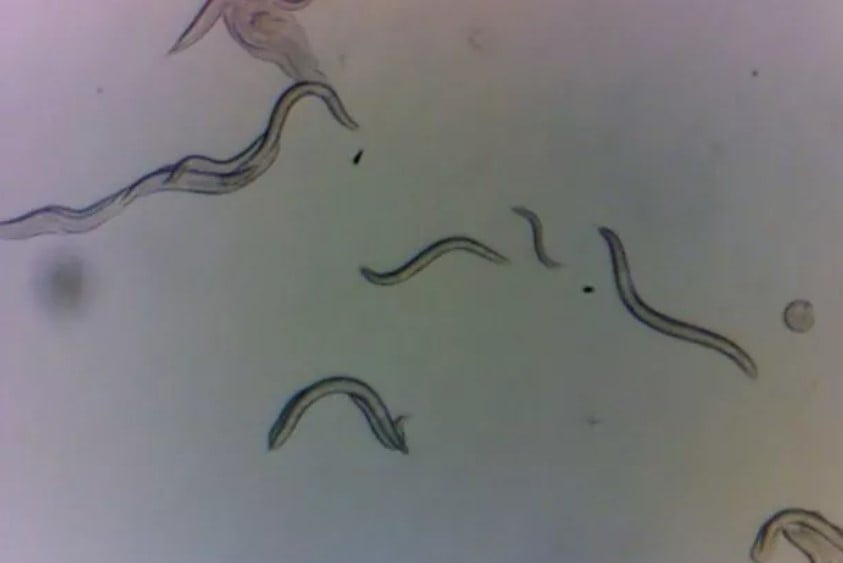The response of animals to extreme radiation in the Chernobyl exclusion zone has left scientists astonished.
A recent study conducted by researchers at New York University (NYU) has revealed a shocking discovery about the response of animals to extreme radiation in the area.

Why Chernobyl area has gained scientists' attraction?
The Chernobyl nuclear disaster occurred in 1986 when a massive explosion occurred at the Chernobyl Nuclear Power Plant, resulting in the release of a significant amount of radiation.
The incident was rated as a maximum severity level seven, making it one of the most severe nuclear incidents ever recorded.
Following the disaster, a large exclusion zone was established around the power plant, restricting public access within a 10-kilometer radius.

Over the past 38 years, nature has reclaimed the area, and scientists have been studying the effects of radiation on both plant and animal life.
What happened in the Chernobyl area leaving scientists shocked?
In this new study, researchers focused on the response of one particular animal to chronic radiation exposure.
Remarkably, they found that these animals showed no signs of damage from the radiation.

While this does not mean that the area is safe for human habitation, it does indicate that these animals have developed a remarkable resistance to radiation.
Which creature was radiation-defying mentioned by scientists?
The study utilized nematodes, tiny worms with simple genomes and rapid reproduction cycles, collected from the Chernobyl site in 2019.
The researchers brought these worms back to NYU for further analysis, including freezing them for future study.
They discovered that the worms' DNA showed no signs of radiation damage.

According to Matthew Rockman, a professor of biology at NYU and the study’s senior author, cryopreserving and thawing worms allow for the study of animals without evolutionary changes occurring in the lab.
The absence of radiation damage to the worms' DNA suggests that nematodes are incredibly resilient creatures, capable of withstanding harsh conditions.
However, the exact level of exposure and duration of worms in the Chernobyl Zone remains uncertain.
What will this discovery help people?
The researchers believe that the resilience of these worms may provide valuable insights into why some individuals are more susceptible to genetic damage and cancer.
Understanding how different individuals within a species respond to DNA damage can help identify risk factors for diseases like cancer.

While this discovery is remarkable, scientists caution that it does not imply that Chernobyl is safe for human habitation.
The long-term effects of radiation exposure on human health are still a cause for concern.
However, studying the unique response of these animals to extreme radiation may shed light on the mechanisms of DNA repair and resilience in the face of environmental challenges.






